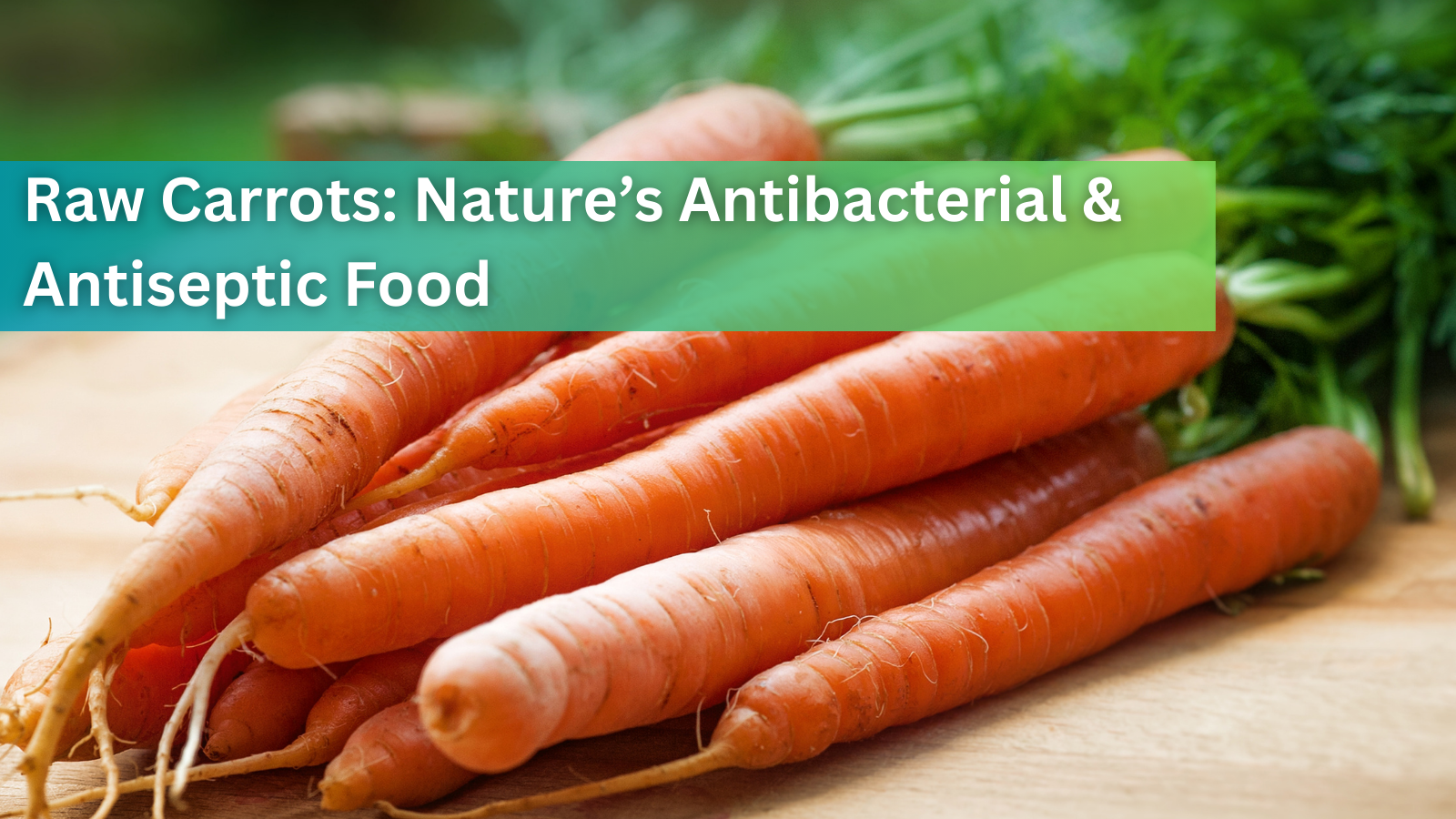5 TOXINS IN YOUR WATER TO ELIMINATE IMMEDIATELY

If you’re familiar with Dr. Hulda Clark’s protocols for health, you know how important water quality is.
According to Dr. Clark and other health pioneers, clean water is imperative not only for drinking, but also for bathing . Remember, your skin is a porous organ that absorbs whatever substances are on it – including water and the contaminants lurking in it.
A great misconception is that tap water is safe because it’s regulated by governing municipalities. When in fact, local governments regulate the addition of life-threatening chemicals for “health and safety” reasons. These practices are being scrutinized after the effects on human health are becoming clearer.
But can you really trust your elected officials to ensure safe water supplies? It might be time for you to take matters into your own hands.
Look out for these five health-sabotaging contaminants that could be lurking in your household water supply:
1. Chlorine
Most of us know chlorine as a disinfectant that kills bacteria. Chlorine is added to water in the treatment process to kill certain strains of harmful bacteria.
When chlorine is added to water, it can react to natural organic matter to form disinfection byproducts (DBPs) such as trihalomethanes (THMs) and haloacetic acids. While the EPA recognizes the potential harm from DBPs and sets limits in local water supplies, the best and most logical amount allowed should be zero. The hold-up for zero tolerance is money – water companies find it too costly even to meet the EPA’s limit.
THMs in the body can trigger the production of cell-damaging free radicals. And it’s not just drinking contaminated water that you need to worry about. Exposure through skin absorption is risky, too. This means bathing and swimming in chlorinated water puts you at risk for the damaging effects of DBPs such as cancers and reproductive problems.
2. Fluoride
Yes, this same substance many of us willingly smear all over our teeth each time we brush is also a common toxin found in tap water. (This means you should be considering a fluoride-free toothpaste.) And in some cities in the United States, it’s put there deliberately by our city officials.
Water fluoridation was put into place in the 1950s in an effort to curb tooth decay, especially in children. Good intentions were behind the initiation of this practice, probably with little to no thought that water fluoridation could pose any negative health effects.
While this action receives continued support by the American Dental Association, the US Surgeon General and the Centers for Disease Control, through the years it has been revealed several times over that fluoride is a toxin that accumulates in the body and contributes to health problems, including:
- Reduced IQ in children
- Impaired thyroid function
- Muscle and skeletal disorders
- Increased infertility
- Disrupted immune function
- Some cancers
And the act continues even though there is mounting proof that swallowing fluoride provides little benefit to dental health (stick with topical applications only, if you must).
I bet it makes you wonder why the federal government allows local municipalities to add prescription-strength doses of fluoride to our drinking water when the Food and Drug Administration has never approved a fluoride supplement for the express purpose of tooth decay prevention.
3. Perfluorinated Compounds (PFCs)
PFCs, also called polyfluoroalkyl substances (PFAS) are manmade compounds used in a wide array of products to improved resistance to stains, grease and water. Think non-stick cookware and stain resistant fabrics. Convenient for everyday use, but harmful to your health. PFCs have been found to disrupt the endocrine system and affect sex hormones. These toxins have also been linked to infertility, thyroid disease, cancer, and immune system problems. And it could take years for the body to eliminate its stores of PFCs.
Water contamination comes from manufacturers’ waste leaked into natural waterways and seepage into groundwater supplies.
4. Arsenic
Arsenic is a heavy metal and well known toxin. The International Academy for Research on Cancer classifies arsenic as a Category 1 carcinogen. This means the IARC confirms that arsenic is most definitely a cancer-causing agent. And if your water is treated with fluoride, you may also be exposed to higher levels of arsenic because the most common form of fluoride used in water fluoridation practices (hexafluorosilicic acid) is often contaminated with arsenic.
According to study a published in 2013, making the switch to pharmaceutical-grade sodium fluoride would significantly reduce arsenic contamination in drinking water.
That could make a notable difference in cancer rates in the US, not to mention improved health of infants and children since arsenic exposure in utero and early childhood can interfere with brain development as well as fragile endocrine and immune systems.
5. Other Heavy Metals
Like arsenic, other heavy metals that are poisonous to humans are lead, mercury and cadmium. Some heavy metals, including chromium, zinc and copper, are needed in small amounts, but can be toxic in large doses. Water contamination from heavy metals can occur through emissions from coal-burning plants, mining and industrial facilities.
Bioaccumulation of heavy metals has been linked to growth and development delays in children, organ and nervous system damage, and some cancers.
But the point of contamination can be much closer to home – your own plumbing, for instance. Old plumbing that contains copper and lead should be replaced. Dr. Hulda Clark recommended switching your plumbing to PVC pipes, which she found to be clear of chemical leaching after three weeks in use (as opposed to copper and lead pipes that contaminate water continuously).
How can you ensure the safety of your water?
If you don’t get your household water from a private well, ask your water company for the latest analysis. Public water utilities are required to test their water and file the results with the state and the EPA. Get a copy directly from your water provider or find it online at http://water.epa.gov/drink/local/.
You can have your water privately tested by companies such as Suburban Water Testing Labs and National Testing Laboratories.
Once you know what contaminants are lurking in your water, get an adequate water filtration system installed. Depending on the contaminants, you may need to invest in multiple filters that specialize in removing a particular substance:
- Charcoal for chlorine and hazardous chemical elimination
- Bone charcoal for fluoride elimination
- KDF for heavy metals
- UV for pathogens
Ideally, the best course of action would be to filter the water at the point of entry (whole house filter) and at the point of use (kitchen and shower filters), especially if your plumbing contributes to contamination.
Be proactive when it comes to clean water for your home. Be water wise!

September 27, 2025
Immune Supplements: Top 10 Best Supplements to Boost Immunity
Are you looking for effective ways to enhance your body’s natural defense? Immune supplements have become popular choices to support the immune system booster function, especially in times of increased illness risk. With so many products...
Read more
September 27, 2025
Cell Phone and WiFi Safety: How to Prevent and Treat EMF Damage and Electrosensitivity
Electrohypersensitivity (EHS), often called electrosensitivity, has been a polarizing and increasingly relevant issue over the past decade and a half. Since the number of people identifying with these symptoms continues to grow exponent...
Read more
September 27, 2025
Raw Carrots: Nature’s Antibacterial & Antiseptic Food
For most of us, carrots are simply a crunchy snack or a source of vitamin A. But according to researcher Ray Peat, PhD, raw carrots offer something more unusual: they act as a kind of natural antiseptic inside the gut, helping to contro...
Read more




Leave a comment